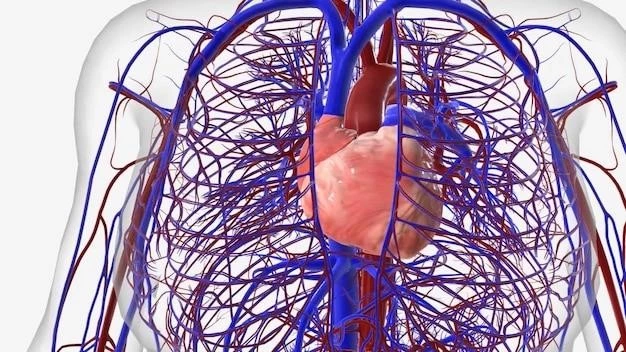Introduction to Aortic Supravalvular Stenosis
The causes of Aortic Supravalvular Stenosis involve genetic factors and certain syndromes, impacting the aorta’s development․
Causes of Aortic Supravalvular Stenosis
Aortic Supravalvular Stenosis is primarily caused by genetic mutations in the elastin gene on chromosome 7٫ leading to abnormal elastin production affecting the aortic wall’s development․ Additionally٫ certain syndromes like Williams syndrome can also contribute to the condition by causing narrowing above the aortic valve․
Understanding Symptoms of Aortic Supravalvular Stenosis
Recognizing symptoms like chest pain, shortness of breath, and heart murmur is crucial for timely diagnosis and management․
Common Symptoms
The common symptoms of Aortic Supravalvular Stenosis include chest pain, fatigue, dizziness, difficulty breathing, heart palpitations, and fainting episodes․ Recognizing these signs is essential for prompt medical evaluation and appropriate treatment planning․
Treatment Options for Aortic Supravalvular Stenosis
Treatment may include medications, balloon angioplasty, or surgery, depending on the severity and individual patient factors․
Surgical Interventions
Surgical interventions for Aortic Supravalvular Stenosis may include aortic root replacement, aortic arch reconstruction, or balloon dilation to alleviate narrowing and improve blood flow․ Surgeons aim to restore normal aortic function and reduce the risk of complications associated with the condition․
Diagnosis of Aortic Supravalvular Stenosis
Diagnosis involves imaging tests like echocardiograms, CT scans, and cardiac catheterization for accurate assessment․ Early detection is vital․
Diagnostic Tests
Diagnostic tests for Aortic Supravalvular Stenosis may include echocardiography, magnetic resonance imaging (MRI), computed tomography (CT) scans, and cardiac catheterization․ These tests help in assessing the severity of stenosis and planning appropriate treatment strategies based on individual patient needs․
Potential Complications Associated with Aortic Supravalvular Stenosis
Potential complications include heart failure, arrhythmias, and an increased risk of aortic aneurysm formation, necessitating close monitoring and appropriate management․
Long-Term Risks
Long-term risks of Aortic Supravalvular Stenosis may include progressive narrowing of the aorta, increased strain on the heart, and potential complications such as aortic dissection or rupture․ Regular follow-up care and lifestyle modifications are essential to mitigate these risks and improve long-term outcomes for affected individuals․

Lifestyle Recommendations for Managing Aortic Supravalvular Stenosis
Adopting a heart-healthy diet low in sodium, regular exercise, smoking cessation, and stress management are vital components for managing the condition․
Diet and Exercise Tips
For individuals with Aortic Supravalvular Stenosis, maintaining a balanced diet with fruits, vegetables, lean proteins, and whole grains is recommended․ Regular aerobic exercise like walking or swimming can help improve cardiovascular health․ Consult with a healthcare provider before starting any new exercise regimen․
Recent Research Advances in Aortic Supravalvular Stenosis
Emerging research focuses on genetic therapies and novel surgical techniques to improve outcomes for individuals with this condition․
Promising Developments
Recent promising developments in Aortic Supravalvular Stenosis research include innovative genetic therapies targeting specific gene mutations responsible for the condition․ Additionally, advancements in minimally invasive surgical procedures offer less invasive options and potentially better outcomes for patients․
Support Resources for Individuals with Aortic Supravalvular Stenosis
Accessing patient support groups and counseling services can provide valuable emotional and informational assistance for individuals living with this condition․
Patient Support Groups
Joining patient support groups dedicated to Aortic Supravalvular Stenosis can provide a sense of community, shared experiences, and valuable resources for individuals and their families navigating this complex medical condition․ These groups offer emotional support, educational materials, and opportunities to connect with others facing similar challenges․
